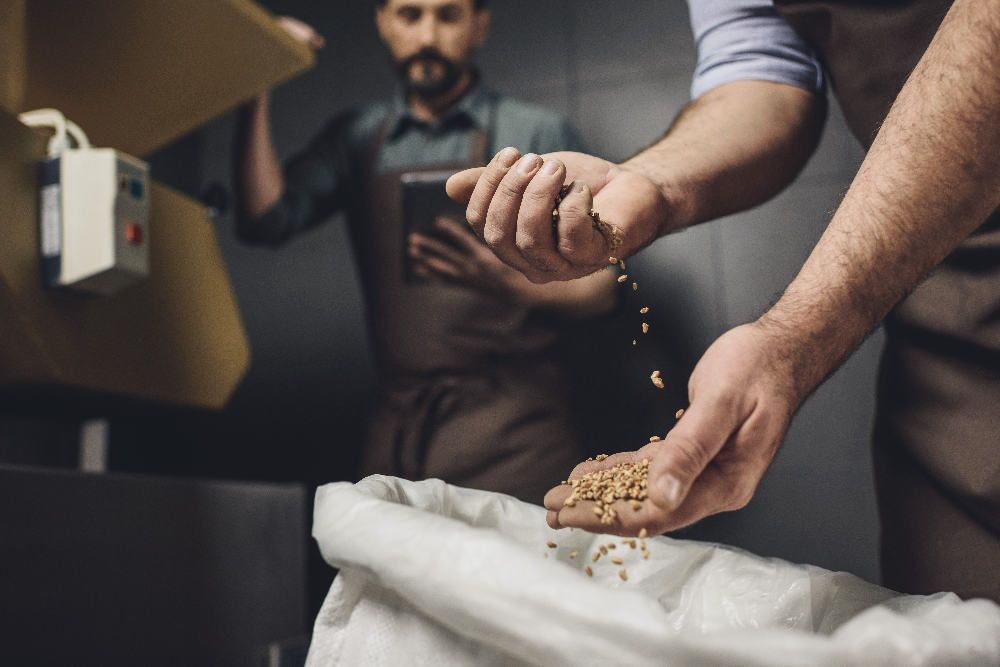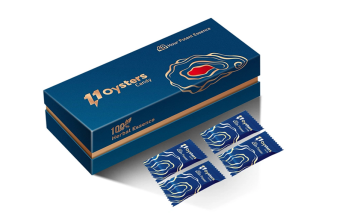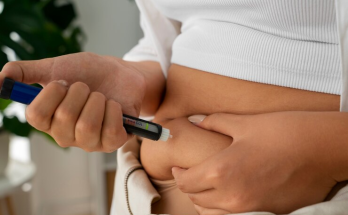With food and energy prices rising all over the world, you might be wondering if now is a good time to start growing your own produce. Growing your own food has many benefits, not least of which is the fact that it will save you money. But did you know that it is also better for the environment? According to the US Environmental Protection Agency, industrial production of food is one of the biggest contributors of global emissions due to to their use of pesticides, fertilizers, and heavy equipment.
Growing your own food means you are getting more nutritious, fresher products that will taste much better than store-bought alternatives. You will also be helping to reduce food and plastic waste, as well as the cost of transportation, by not relying on store-bought items. So, how do you get started? What items should you grow, and what will you need?
Getting Started
The most important thing you will need when growing your own produce is the space. If you have quite a lot of exterior space, you should choose the best spot that gets plenty of sunlight and is not hampered by numerous tree roots.
The next thing to consider is the type of food you are going to grow. Most people will start with basic foods such as potatoes, tomatoes, herbs, and leafy greens. You can also grow fruit. It is best to consider the seasons for each fruit or vegetable that you are planting. Think about the foods you like best and then find out when they will be in season and when you will need to plant them.
What if You Don’t Have Outdoor Space?
More and more people are growing their own fruit and vegetables in plastic containers on their patios or balconies as they don’t have a lot of outdoor space to accommodate a gardening patch. But is this safe? After all, doesn’t plastic contain chemicals?
When it comes to growing your own veg if you are short on space, the answer would be to buy your own chemical-free growbags or look for food-grade IBC totes for sale (say CedarStone Industry, the company that makes such items). Food-grade totes are considered safe for food because unlike other types of plastic, they have low toxicity levels. Alternatively, why not invest in some hemp grow bags, which are breathable bags perfect for growing a variety of vegetables.
What Type of Vegetables Can You Grow at Home?
There are so many different vegetables that can be easily grown in pots and planters. Think of vegetables like carrots, cumbers, spinach, lettuce, and beetroot as just a few examples. You can even plant some vegetables in the same pots, which will make the most of the space that you have and help to deter pests. For example, beetroot will grow in the same pot as cabbages, broccoli, and brussels sprouts, while carrots can easily be grown alongside leeks, lettuce, and peas.
Onions are great at deterring pests and when grown in the same pot with leeks and carrots, will repel the flies that are drawn to the carrots. Tomatoes are perfect for growing alongside cabbages because they help to deter the caterpillars that love to eat cabbage leaves.
If you are hoping to save money growing your own vegetables, there are some that work out very cost effective, such as potatoes, broccoli, lettuce, and tomatoes. Tomatoes are particularly cost effective and are great for small spaces. You will only have to wait 12 weeks until you can begin harvesting the tomatoes, and then you can expect to have fresh tomatoes every day for years.




